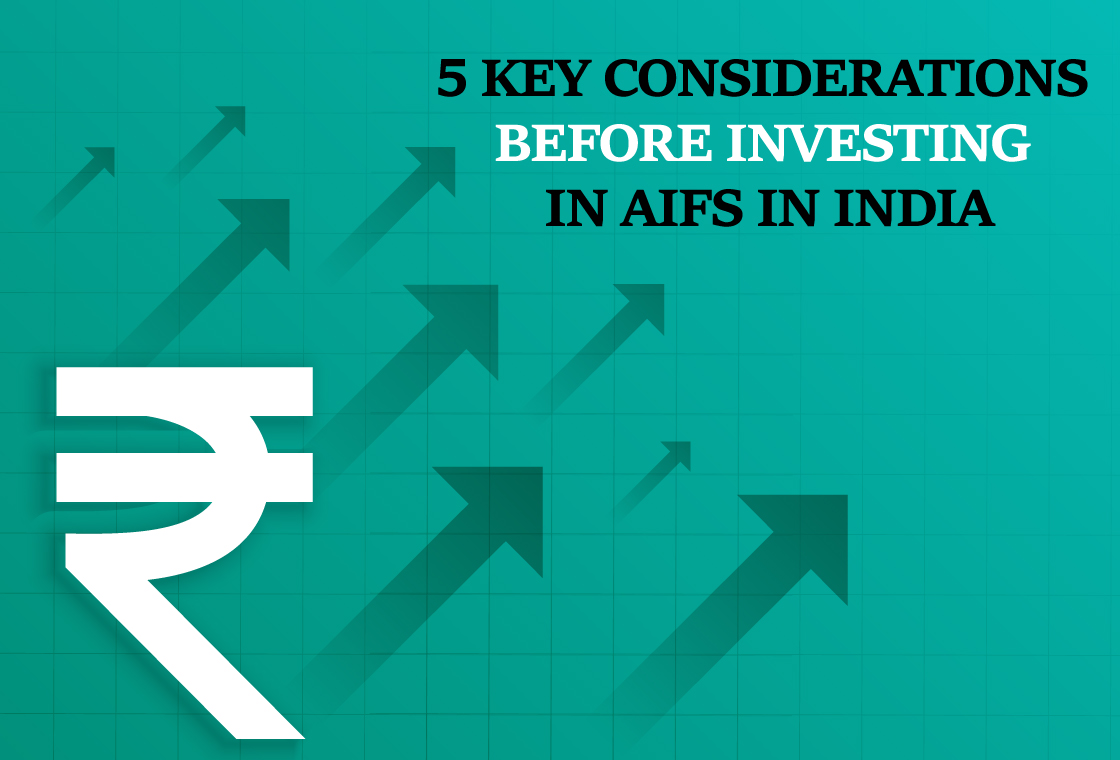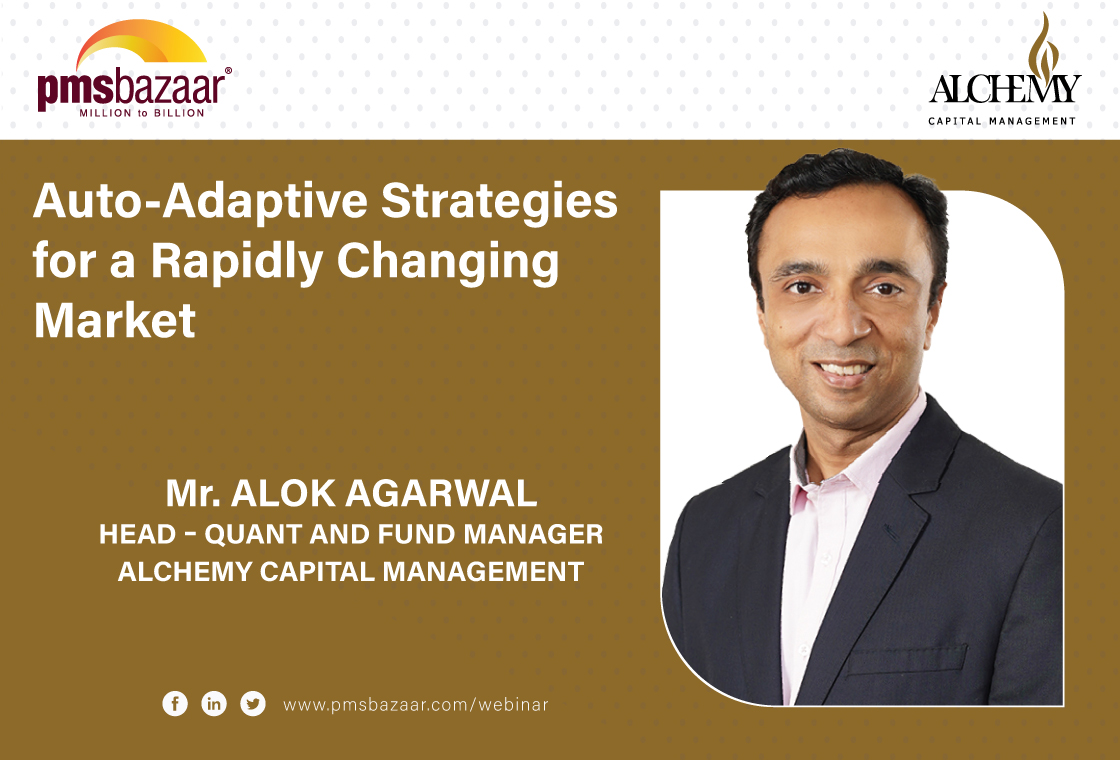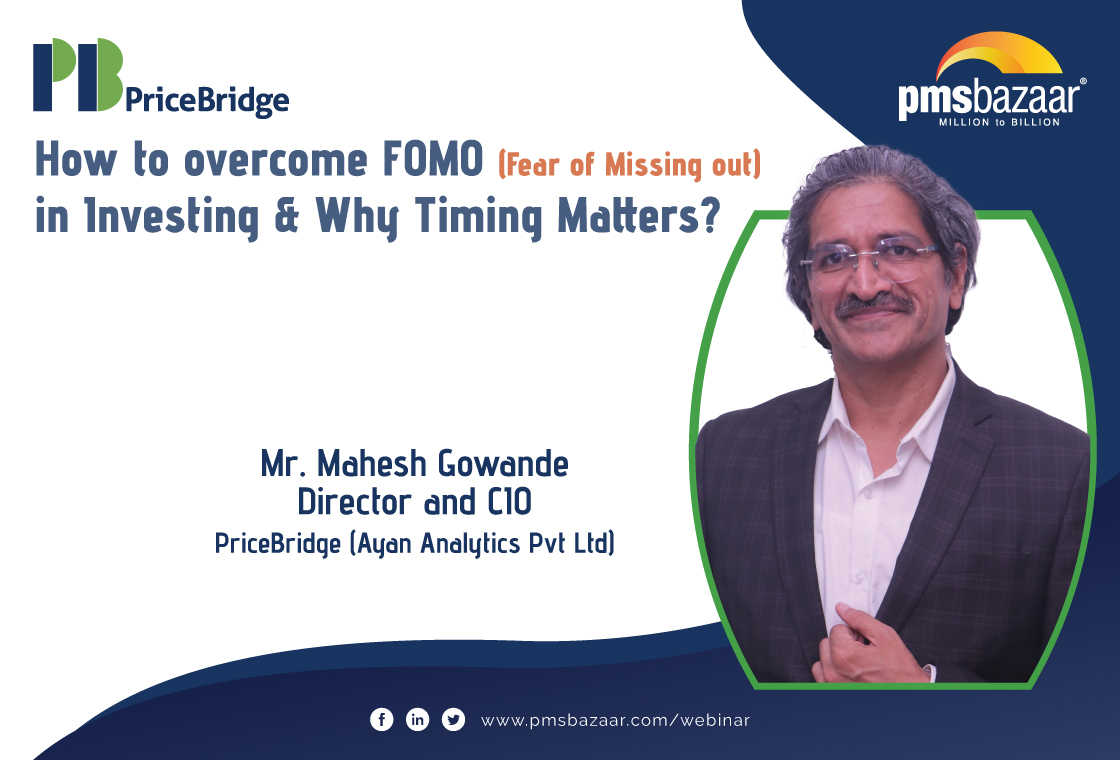On average, equity PMS investment approaches have delivered 18.99% returns beating the benchmark in the past five financial years (as on March 2024).

Financial experts often recommend long-term equity investments for wealth creation. This strategy applies to equity Portfolio Management Services (PMS) as well. PMS are customised portfolios that typically hold a certain number of stocks.
Looking at a 10-year period ending in March 2024, PMS delivered strong results. The average return during this time was around 18%. Even better, 48 out of 57 PMS tracked by PMS Bazaar for over 10 years generated returns exceeding 15%. This outperformed the Nifty 50 TRI, which returned 14% over the same period.
While the long-term benefits of PMS are clear, what about medium-term performance? Let's see how PMS fared over the past 5 years.
PMS 5-YEAR PERFORMANCE
Indian equity performance
The past five years have been a period of immense challenge for the global and domestic economy. The COVID-19 pandemic and its aftermath of supply chain disruptions, followed by the Russia-Ukraine war, caused significant economic disruptions. These geopolitical crises triggered a rise in key raw material prices, including crude oil, leading to global inflation and Central Banks raising interest rates to combat it. As a result, stock markets experienced increased volatility. The Indian VIX, a measure of expected short-term market volatility, surged on the day of the Russian invasion to 32 points, reflecting investor anxiety. However, it has gradually come down to 13 (March 2024), indicating a return to some stability.
Despite these global headwinds, the Indian equity market has shown remarkable resilience since 2019. A key factor behind this is the surge in retail investors. The number of demat accounts skyrocketed post-pandemic, with young investors entering the market in droves. The number of Demat accounts in March 2020 stood at roughly about 4 crore. It grew to a whopping 11.4 crore in March 2023 and now (March 2024) stands at 15.1 crore. These retail investors acted as a buffer during heavy foreign investor sell-off periods, providing much-needed stability. Favourable regulatory changes along with India's strong economic growth prospects further bolstered the equity market.
Macro factors help PMS growth
The strong Indian economic story not only attracted retail investors but also sophisticated investors. The number of ultra-high-net-worth individuals (UHNIs) in India has steadily increased and is expected to grow in the coming years. By definition, UHNIs are those with a networth of USD 30 million or more while HNIs are those with networth greater than USD 1 million. As per Knight Frank Wealth Reports, the number of UHNIs was 12,287 in 2020 and increased to 13,263 in 2023. By 2028, UHNIs are expected to reach 19,908. Similar trends are seen in the High net-worth individuals (HNIs) population. In 2016, the number of HNIs stood at 4.87 lakh and this number grew to about 7.97 lakh HNIs in 2021. This segment of the population is expected to reach 14.07 lakh in 2026. The demand for professional wealth management services has also grown with the rise of wealthy investors.
HNIs and UHNIs increasingly opt for Portfolio Management Services (PMS) to manage their investments, seeking personalised portfolio management and the potential for superior returns compared to traditional investment options. Sample this, from 1.27 lakh PMS clients (including discretionary, non-discretionary and advisory) in March 2021, it grew to 1.53 lakh in February 2024 as per SEBI data.
As such, in the past 5-years, the average of returns from PMS investment approaches based on PMS Bazaar data stood at 18.99% while Nifty 50 (total return index – TRI) stood at 15.27% and that of BSE 500 TRI was 17.38%. Let’s do a deep dive into the 5-year performance of equity PMS investment approaches.















Recent Blogs

5 Key Considerations Before Investing in AIFs in India
Alternative Investment Funds (AIFs) have emerged as a compelling option for sophisticated investors seeking diversification and potentially superior returns. But venturing into AIFs requires a clear understanding of their unique characteristics that go beyond simply knowing what they are and their categories.

How AIF can help in diversification?
Traditionally, Indian investors have relied on a mix of stocks and bonds to build their wealth. While this approach offers diversification, it can still leave your portfolio vulnerable to market fluctuations. Enter Alternative Investment Funds (AIFs), a dynamic asset class gaining traction for its ability to unlock diversification beyond the realm of conventional options.

Long-Short AIFs Outperform Again Even as Markets Rebound in September
104 long-only funds shows an average monthly gain of just 0.37 per cent, while long-short AIF category averaged 0.94 per cent

Resilience returns as markets rebound in September; Multi-asset PMSes lead pack
Over 63% of equity PMSes ended September in green; nearly two-thirds outperformed key benchmarks.

Stories Fade, Numbers Last: Trends vs Fundamentals
This article is authored by CA Rishi Agarwal, Co-founder & Fund Manager, Aarth Growth Fund

Auto-Adaptive Strategies for a Rapidly Changing Market
PMS Bazaar recently organized a webinar titled “Auto-Adaptive Strategies for a Rapidly Changing Market,” which featured Mr. Alok Agarwal, Head - Quant and Fund Manager, Alchemy Capital Management.

How to overcome FOMO (Fear of Missing out) in Investing and Why Timing Matters?
PMS Bazaar recently organized a webinar titled “How to overcome FOMO (Fear of Missing out) in Investing and Why Timing Matters?” which featured Mr. Mahesh Gowande, Director and CIO, PriceBridge (Ayan Analytics Pvt. Ltd).

Reigniting India’s Consumption Engine
This article is authored by Ashish Chaturmohta, Managing Director, APEX PMS, JM Financial Ltd.

